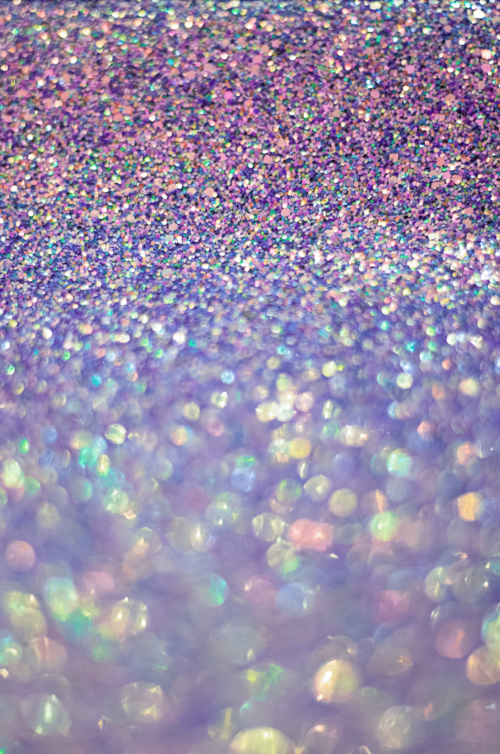The European Union’s recent ban on harmful microplastics, including plastic glitter, is a significant step toward reducing plastic pollution and protecting the environment. The ‘glitter ban’ targets plastics smaller than five millimeters that do not break down naturally.
ALSO SEE: 14 ways to be greener
The primary objective of the ban is to reduce the release of non-biodegradable microplastics into the environment, particularly the oceans. The ban seeks to encourage the use of more environmentally friendly alternatives to plastic glitter.
The ban does not apply to biodegradable glitter, which is considered a more sustainable alternative. This means that consumers can still purchase glitter products that are designed to break down naturally.
According to reports by the BBC, some individuals resorted to buying glitter in the weeks leading up to the ban to ensure they had a supply.
The microplastics ban only applies to EU member countries, but the UK is not part of the EU, so it is not directly subject to this regulation. However, many retailers in the UK have also chosen not to sell glitter or cards with glitter due to environmental concerns, says the BBC.
The EU glitter ban is expected to prevent the release of over half a million tonnes of plastic into the environment, which is a significant step in reducing plastic pollution. It’s in line with efforts to cut pollution at the source and protect ecosystems and public health.
The ban is just one part of a broader effort to reduce microplastic pollution.
Other sources of microplastic pollution include artificial sports fields, cosmetics, cleaning products, and nurdles. Nurdles, in particular, are tiny plastic pellets that can break down into even smaller microplastics, posing a threat to the environment and marine life.
ALSO SEE:
Feature Image: Unsplash

